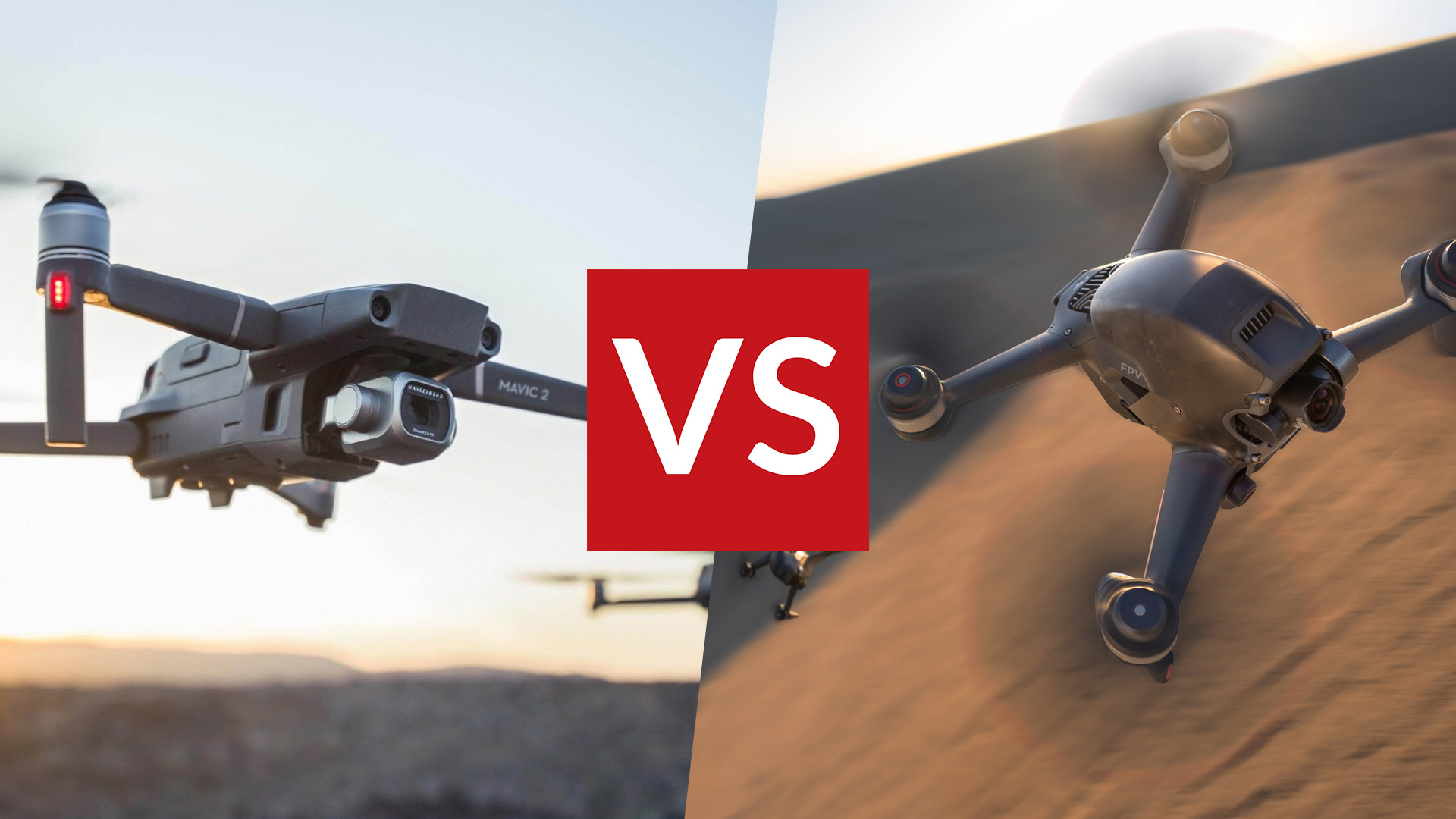

Welcome to our head-to-head between the DJI Mavic 2 Pro vs DJI FPV; two cracking, similarly priced DJI drones designed for high-end cinematography on a medium budget and, in the case of one of them, high speed, adrenalin-pumping excitement. While our separate DJI Mavic 2 Pro review and DJI FPV review will fill you in on exactly what each drone offers, this article pits the two against one another to help you decide between the two – with a particular focus on their respective cinematography capabilities.
Note: the Mavic 2 Pro has now been succeeded – head to our DJI Mavic 3 review for the low-down on the newer model.
The DJI Mavic 2 Pro (RRP £1,349) and newer DJI FPV (RRP £1,249) are both capable of generating exquisite aerial visuals, and both appear in our best drone guide. But the two drones are poles apart in terms of the way they perform in the air, the way they’re controlled and the types of video they produce. Where the Mavic 2 Pro’s video is slow, smooth, steady and elegant, the DJI FPV is fast and furious yet just as cinematic, and in some instances more so.
So let’s strip both models down and see which one is the best all-round model for aerial cinematography and photos. Welcome to our DJI Mavic 2 Pro vs DJI FPV face-off.
DJI Mavic 2 Pro vs DJI FPV: what’s in the box?
The DJI Mavic 2 Pro’s package contains the drone itself, a remote controller, one battery and charger, plus spare props and several cables for connecting your phone. And that’s it.
The DJI FPV is a much more complex beast. The key difference with this drone is that it’s flown wearing goggles and the images you see come straight from the drone’s front-mounted camera in real-time. The package includes the drone, the goggles, a remote controller, a battery and charger, a separate battery pack for the goggles and a bunch of other small but essential accessories.
- Too pricey? Here are the best cheap drones to buy
- ... and the best drones for beginners
- For toy options, head to our best kids' drones guide
DJI Mavic 2 Pro vs DJI FPV: differences in flight characteristics
In terms of flight dynamics, these two drones are worlds apart. While the DJI Mavic 2 Pro tilts forward and backwards when you accelerate or decelerate and pitches left and right when turning, the camera itself is attached to an adjustable three-axis gimbal which keeps the horizon absolutely level no matter which way the drone is being flown. Granted, there is an FPV setting in the DJI Fly app that allows the horizon to tilt to a certain degree but for cinematic purposes, it is best left in default mode.
Sign up to the T3 newsletter for smarter living straight to your inbox
Get all the latest news, reviews, deals and buying guides on gorgeous tech, home and active products from the T3 experts
The Mavic 2 Pro is incapable of diving nose-down like a peregrine falcon in a stoop because its design, the onboard flight controller and the hand control system simply won’t allow it. It can only fly up, down, forwards, backwards, side to side and in a wide arc with its belly always in a mostly horizontal position.
By stark contrast, the DJI FPV flies like a bird of prey or a jet fighter so the horizon as viewed through the goggles tilts and banks depending on pilot input. Unlike the Mavic 2 Pro – and indeed all other DJI drones – the FPV can literally be flown nose-down just like the aforementioned peregrine in a dive for prey. It can also perform acrobatic manoeuvres like flips and severe turns.
- Brush up on the UK drone regulations before you fly
DJI Mavic 2 Pro vs DJI FPV: required skills
Like every other drone in the DJI fleet, the Mavic 2 Pro is an absolute doddle to fly. You simply take it out of the box, unfold the arms, fit the props, charge the battery, clip your phone (iOS or Android) into the remote control holder, link the DFI Fly app to the drone and go outside and fly. The universal control system is really easy to get a handle on because the drone responds really gently to your joystick inputs, even though it can accelerate spectacularly and easily reach 45mph in Sport mode. Another great thing about this drone is that it has obstacle sensors on all sides so it’s very difficult to crash.
The Mavic 2 Pro’s descent speed is restricted to 6mph whether in normal or sport mode. This is to prevent ‘prop wash’ when the air beneath the drone thins considerably if the drone descends too quickly, causing it to flutter down like a leaf. It also means you can’t create footage that gives the effect of plummeting to earth.
If ease of use is paramount – which for most first-timers it is – the Mavic 2 Pro, or any other Mavic or Mini in the DJI range, is far and away the best option from a user-friendliness point of view.
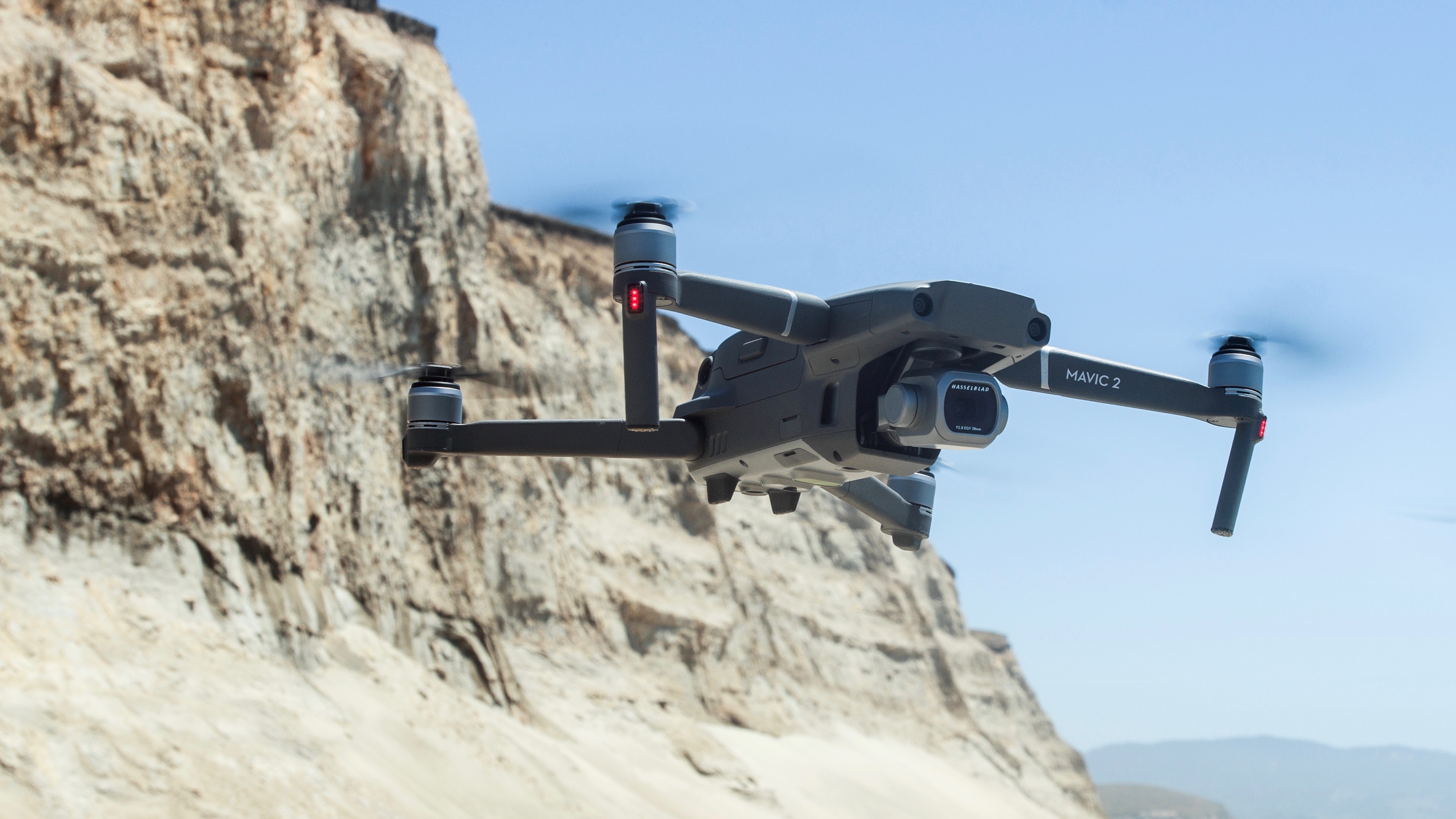
DJI Mavic 2 Pro – the ultimate aerial tripod
The DJI FPV is much more demanding to fly. Firstly it doesn’t fold at all though, at 795g, it is 112g lighter than the Mavic. Nevertheless, the FPV is not as portable and you can’t just take it out of the box and quickly fly like you can with the Mavic – there are processes to follow first, like fitting the goggles and checking everything is working.
Unlike other FPV drones on the market which you usually have to build yourself, the ready-to-fly DJI FPV is equipped with a range of safety enhancements, including smart Return-to-Home, low battery warning, an auxiliary LED light and forward and downward obstacle sensors that will bring the drone to a halt in an emergency.
Designed ostensibly as an, albeit expensive, introduction to the exhilarating experience of First Person View flying, the DJI FPV is equipped with three main flying modes. Normal is perfect for beginners since everything is dialled down for a smooth flight experience with no scary surprises. It’s also a very suitable mode for shooting slower Mavic-like cinematic video. Top speed in Normal mode is around 33mph. Sport mode is the option to go for once you’ve got a few hours of flying under the belt. In this mode, the drone is a lot faster (up to 60mph) and much more agile and quicker to turn. Nevertheless, many of the drone’s built-in safety functions are still operational. For peace of mind, you’re advised to download the excellent DJI Virtual Flight app (iOS only). This simulator connects with the goggles and hand controller to provide as realistic a virtual flight as possible. In fact, the graphics are so good it’s like playing a slick computer game.
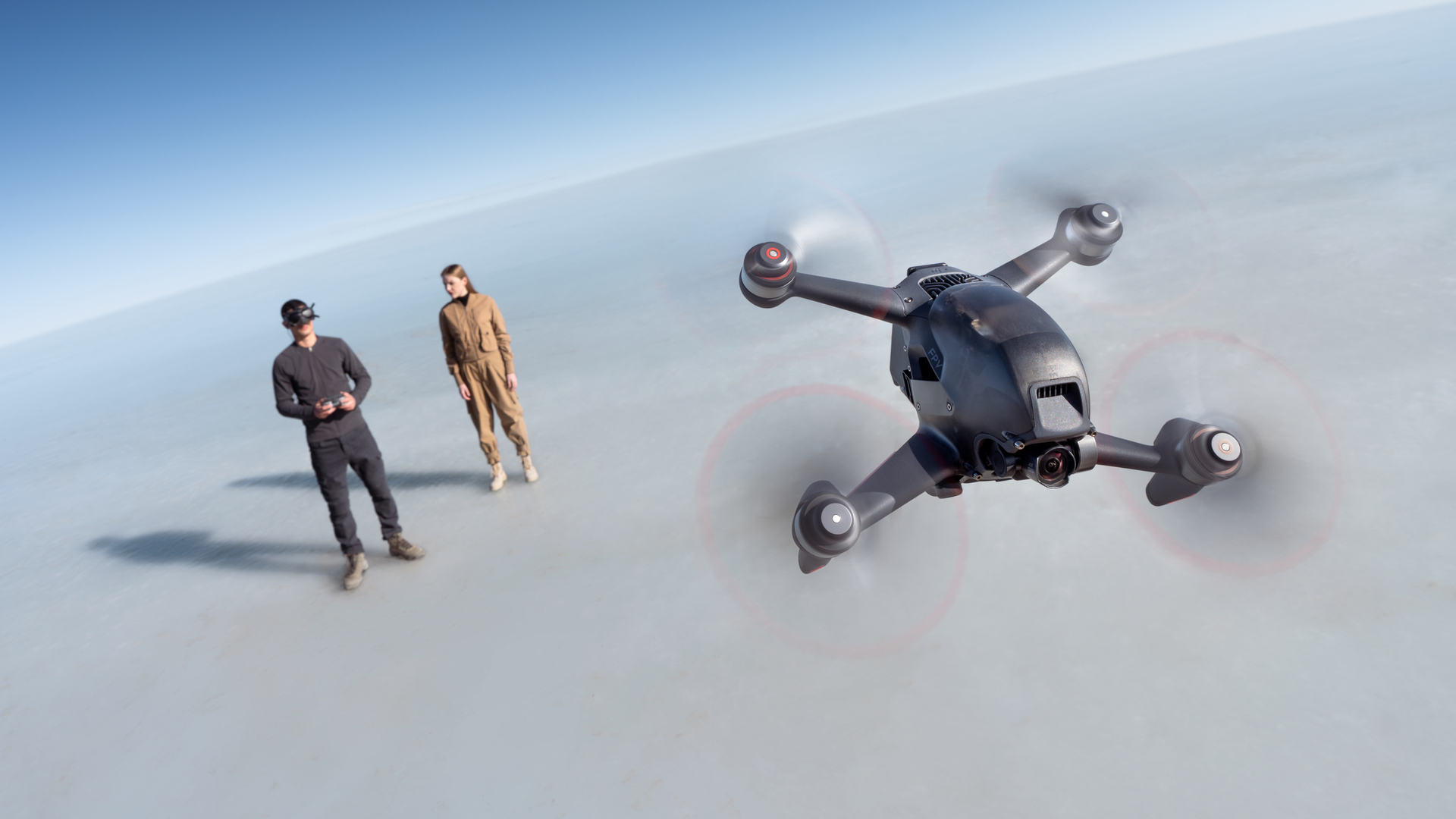
The DJI FPV is really difficult to fly, especially in manual mode
Once you’ve mastered the Normal and Sport modes to the absolute max, you can consider engaging Manual mode. However, before you even think about this mode, it’s paramount, essential, crucial and absolutely necessary to first spend a few weeks (not just days) acclimatising yourself to the full FPV experience by using the DJI Virtual Flight app in Manual mode. This will prepare you for the unbelievably complex control system that allows the craft to perform like a genuine FPV drone with speeds up to 86mph and no limits to ascent and descent speeds. Without using the app first you are almost guaranteed to crash the drone even though there is an automatic brake button on the controller that brings the craft to a halt and hover.
DJI Mavic 2 Pro vs DJI FPV: camera differences
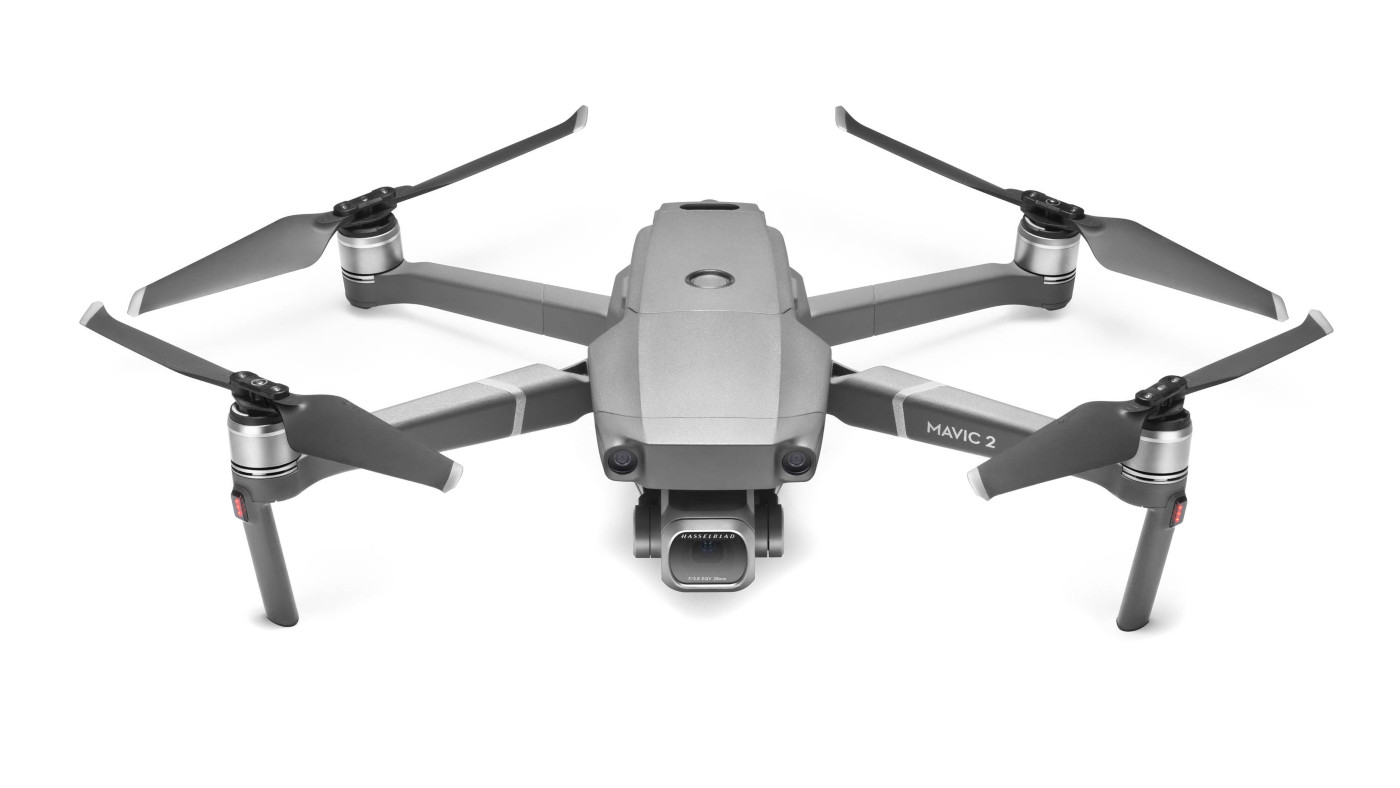
DJI Mavic 2 Pro drone
The DJI Mavic 2 Pro is equipped with a superb Hasselblad-branded camera replete with a one-inch CMOS sensor for ravishing visuals whether shooting videos or stills. The camera has a 77˚ field of view which means it’s nice and wide without having a fisheye effect. The camera is attached to a three-axis gimbal which ensures silky, rock steady footage as if the camera is floating across the landscape. Video resolution is 4K at up to 30 frames per second, 2.7K at up to 60fps and 1080 at up to 120fps. The app also provides the wherewithal to change a wide range of camera settings, even while the drone’s in flight.
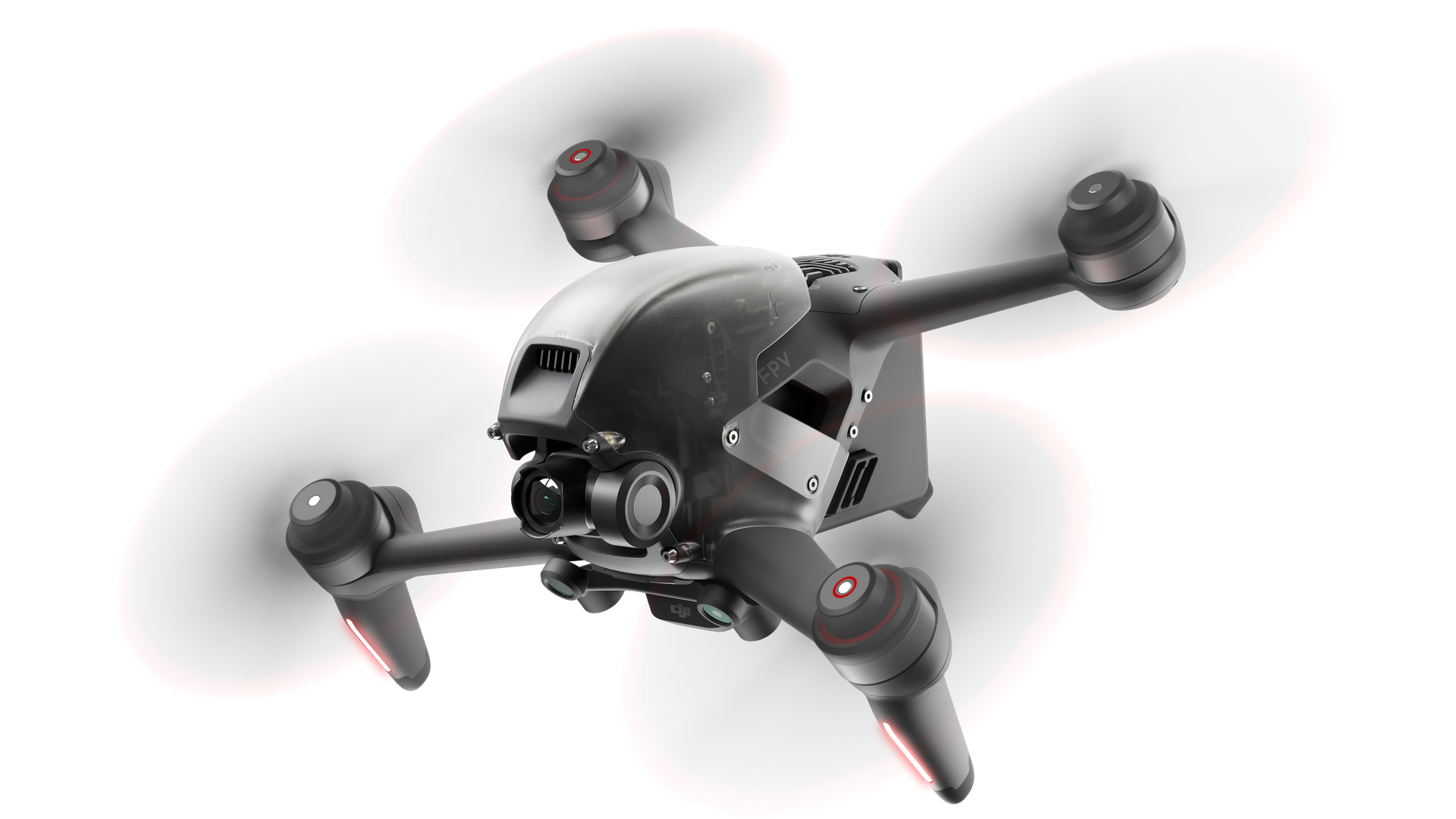
DJI FPV drone
By contrast, the DJI FPV’s camera has a 150° field of view which gives the image a fisheye effect that can be flattened using decent post-production software like Apple’s Final Cut Pro or Adobe Premiere. Another key difference is that the camera has a smaller sensor (1/2.3”) and the gimbal it’s mounted to only has one axis so you can at least tilt it up and down. All image stabilising is done digitally rather than mechanically like the Mavic 2 Pro.
On paper – and in the field – the Mavic 2 Pro’s camera is clearly much better than the FPV’s, though one thing in the FPV’s favour is that it can shoot 4K video at up to 60fps. This is especially useful because the FPV’s top speed is so insanely fast you may need to slow it down in post-production.
DJI Mavic 2 Pro vs DJI FPV: cinematography differences
Both of these drones are capable of producing absolutely stunning and beautifully crafted cinematic aerial video but the style of visuals are poles apart. The Mavic 2 Pro produces what most of us consider to be the most authentic type of cinematic video as seen regularly in TV and movie dramas. The horizon is always straight as a die and the movement is usually slow and graceful as if gliding over the terrain. The Mavic 2 is also armed with a wide variety of intelligent autonomous flight modes which allow the drone to literally fly itself. A prime example is the Circle mode. In this mode, the drone flies around a subject in a perfect circle – something that is incredibly difficult to achieve using the hand controller. The combination of the Mavic 2’s superb camera and intelligent flight modes make it a shoo-in as the best all-round option for shooting smooth aerial video.
You can see an excellent example of some Mavic 2 Pro footage in this video…
However, there is an excellent argument for the type of visuals the DJI FPV shoots, too. Since the drone is a lot faster and the horizon tilts every time it makes a turn, the resulting video is refreshingly exhilarating. It’s like being strapped to the nose of a fighter jet, the horizon constantly tilting left and right as it swoops and dives over terrain. Some of the best footage I’ve ever seen is when the FPV is flown around waterfalls. One minute the image is racing along a river when, like a rollercoaster, it suddenly plummets straight down a tall waterfall that gives the viewer butterflies in the stomach. In a nutshell, the DJI FPV’s video footage is much more thrilling to watch than the Mavic 2’s. It’s simply more dramatic and therefore much more engrossing. The drone also covers a lot more ground per second so it really feels as if you’re a bird in flight. However, attaining this level of piloting requires balls of steel and the reflexes of a dragonfly.
Here’s a brilliant example of some superb DJI FPV flying to whet the appetite…
DJI Mavic 2 Pro vs DJI FPV: which one is the most fun to fly?
Flying a normal GPS-equipped drone like the Mavic 2 (or any other model in the DJI roster) isn’t a particularly exciting experience, partly because it’s so easy to fly and partly because it doesn’t look that impressive from the ground unlike, say, a model aeroplane. Yes, it’s fun at first to see it zoom across the sky but that soon wears off. In the end, it’s the video and photographs it’s capable of producing that make it such a stunning aerial gadget.
By comparison, the DJI FPV is predominantly about adrenaline-pumping fun, fun, fun. Once you’ve slapped the goggles on and taken off, you’ll be hooked by its immense speed and amazing ability to swerve, duck, dive a spiral around the sky like a jet fighter in a dogfight. The fact it is also capable of creating such electrifying video in the process is the cherry on the cake.
DJI Mavic 2 Pro vs DJI FPV: verdict
In a perfect world, you’d have both of these drones to cover every conceivable situation. Fancy shooting a motocross bike as it leaps over jumps, following a skier down a pristine mountain pass or providing a sensational action-packed tourism video of the Alaskan wilderness? That’ll be the DJI FPV. But if you want to simply shoot smooth footage of mountainous terrain, a beach scene or your mates having a party at a sedate, unhurried pace, the DJI Mavic 2 Pro is clearly the better option. Ultimately, the DJI FPV is really only worth the outlay if you plan to fly in manual mode. Otherwise, you may as well go for the Mavic 2 Pro – or even its slightly cheaper stablemate, the Mavic 2 Zoom – which is not only more portable but much easier to fly straight out of the box.
Derek (aka Delbert, Delvis, Delphinium, Delboy etc) specialises in home and outdoor wares, from coffee machines, white appliances and vacs to drones, garden gear and BBQs. He has been writing for more years than anyone can remember, starting at the legendary Time Out magazine – the original, London version – on a typewriter! He now writes for T3 between playing drums with his bandmates in Red Box (redboxmusic).
-
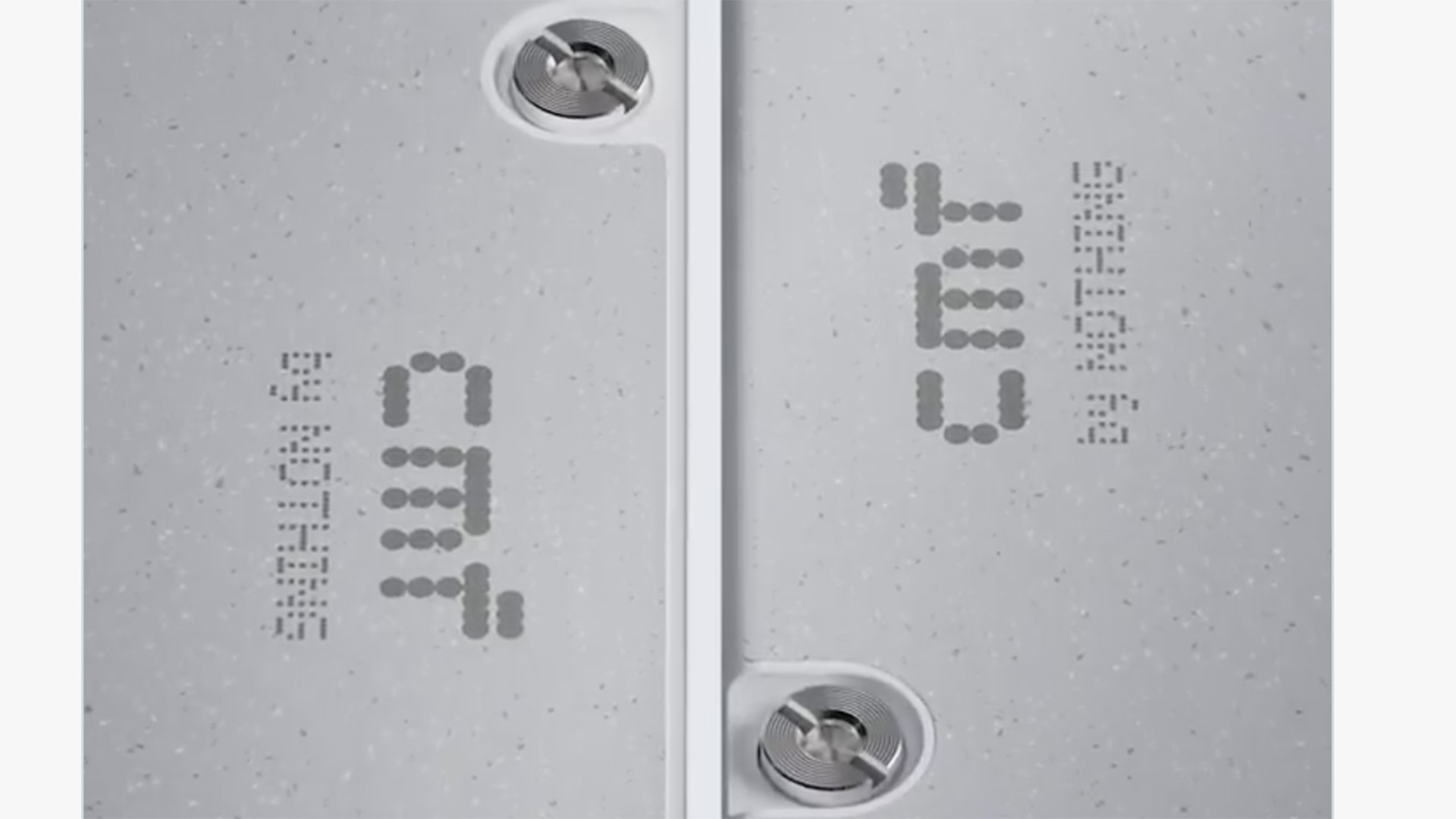 Latest CMF Phone 2 Pro leak shows a premium design upgrade
Latest CMF Phone 2 Pro leak shows a premium design upgradeAnd we are all for it
By Britta O'Boyle Published
-
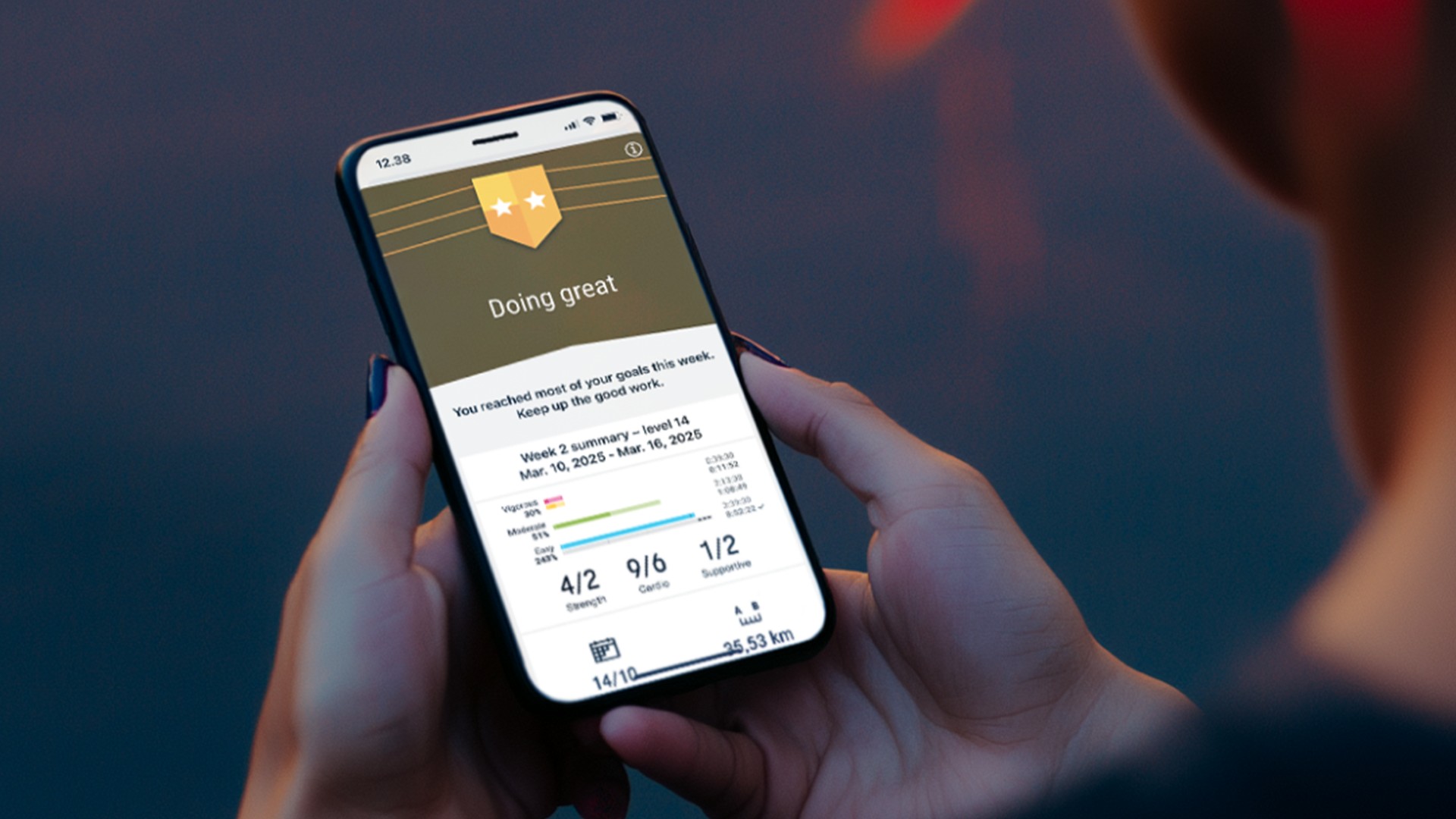 Polar takes on Garmin Connect+ and launches its own adaptive training subscription
Polar takes on Garmin Connect+ and launches its own adaptive training subscriptionFitness Program arrives just weeks after Garmin dropped its controversial Connect+ subscription news
By Lee Bell Published
-
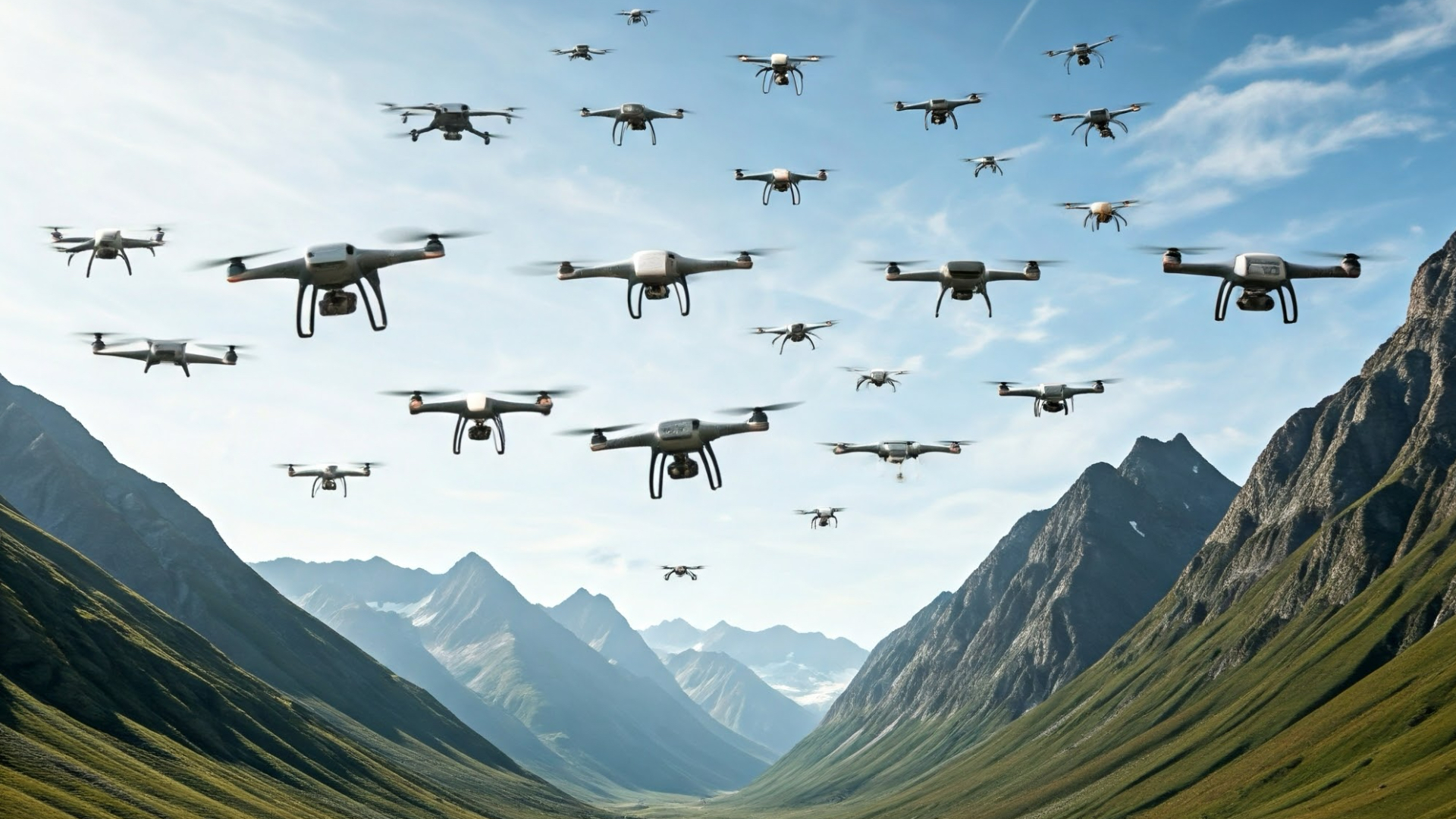 5 drone innovations I’d like to see in 2025 and beyond
5 drone innovations I’d like to see in 2025 and beyondLet's have more colour, longer flight times, modular cameras, drones that float and swarm technology
By Derek Adams Published
-
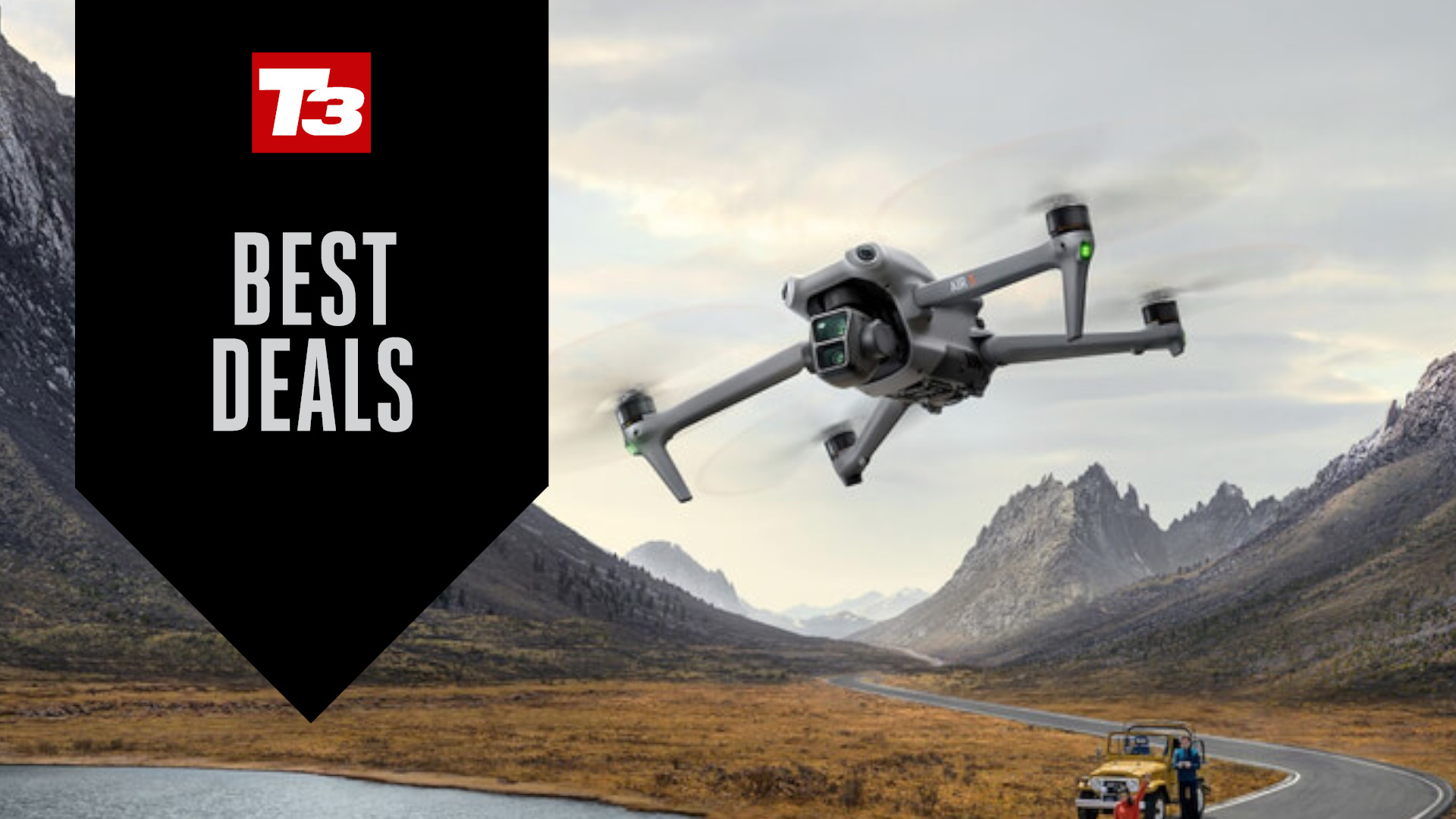 Hurry! DJI’s festive sale has up to 36% off drones, action cameras and more
Hurry! DJI’s festive sale has up to 36% off drones, action cameras and moreChristmas has come early people!
By Bryony Firth-Bernard Published
-
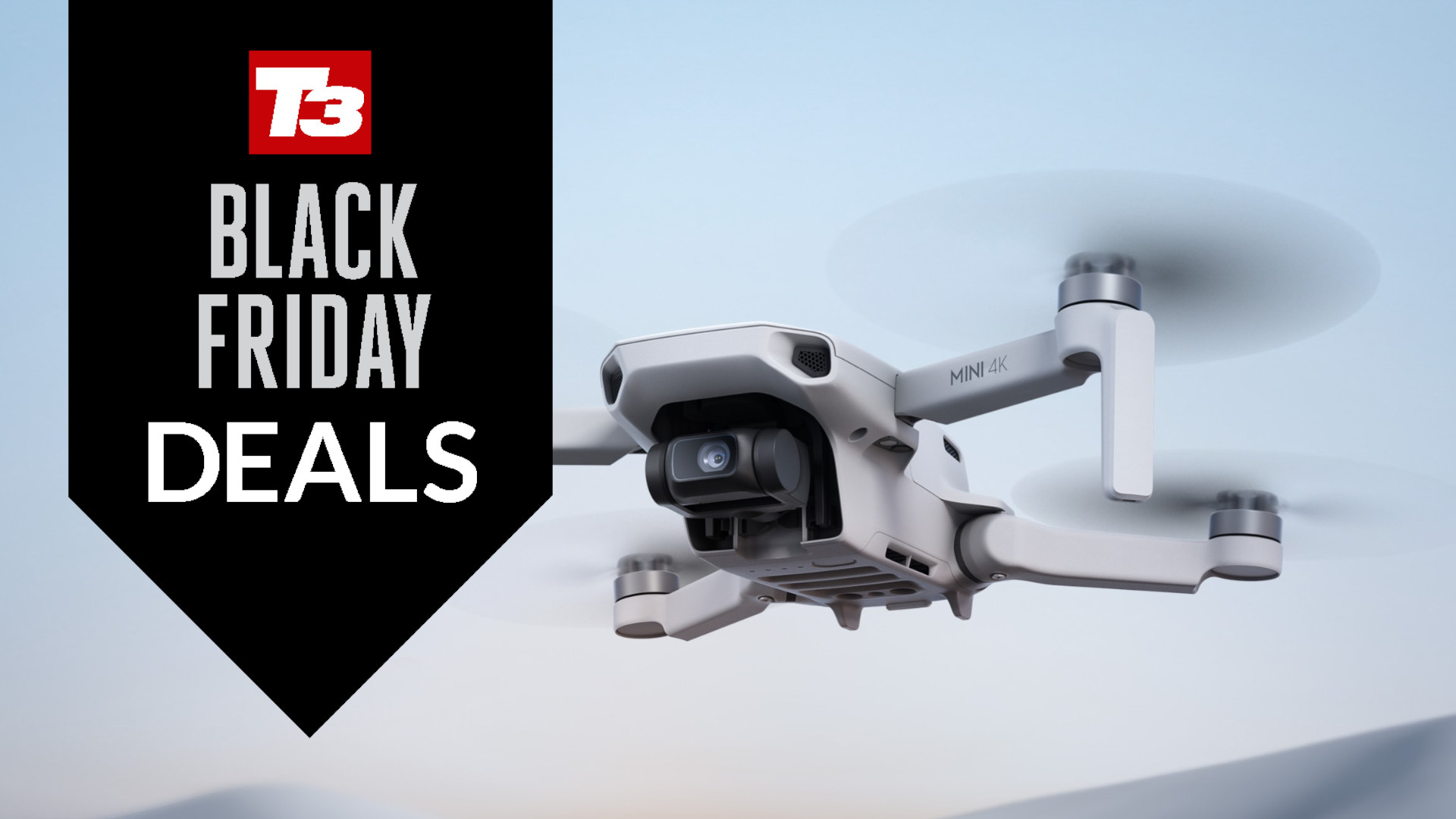 DJI’s best drone for beginner pilots suddenly drops to its lowest-ever price
DJI’s best drone for beginner pilots suddenly drops to its lowest-ever priceThe Mini 4K is less than $250 — don't let this amazing deal slip away!
By Bryony Firth-Bernard Published
-
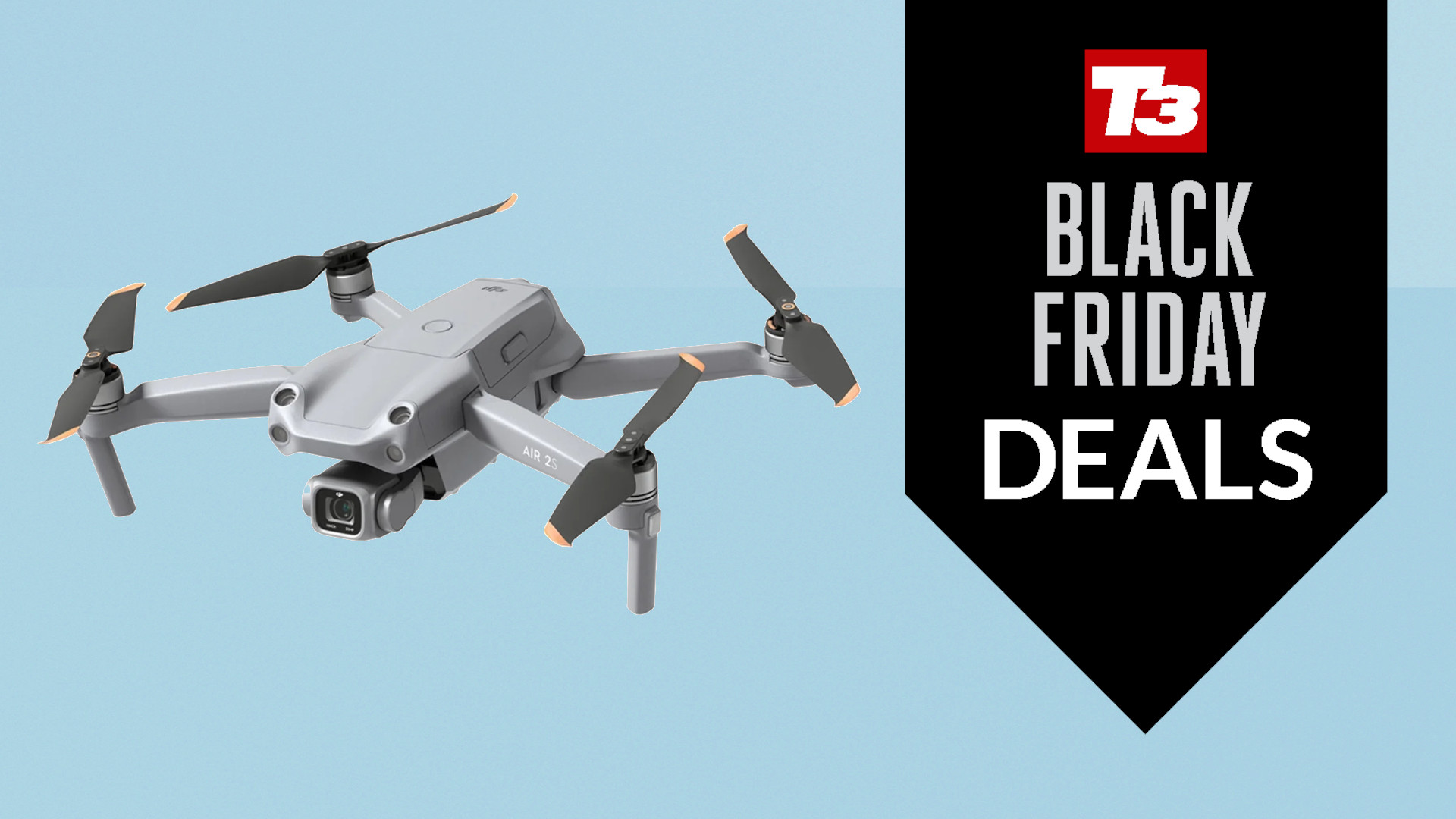 Quick! This 5-star DJI drone has $200 knocked off in Walmart’s Black Friday sale
Quick! This 5-star DJI drone has $200 knocked off in Walmart’s Black Friday saleThe AIR 2S Aerial is the ultimate camera drone
By Bryony Firth-Bernard Published
-
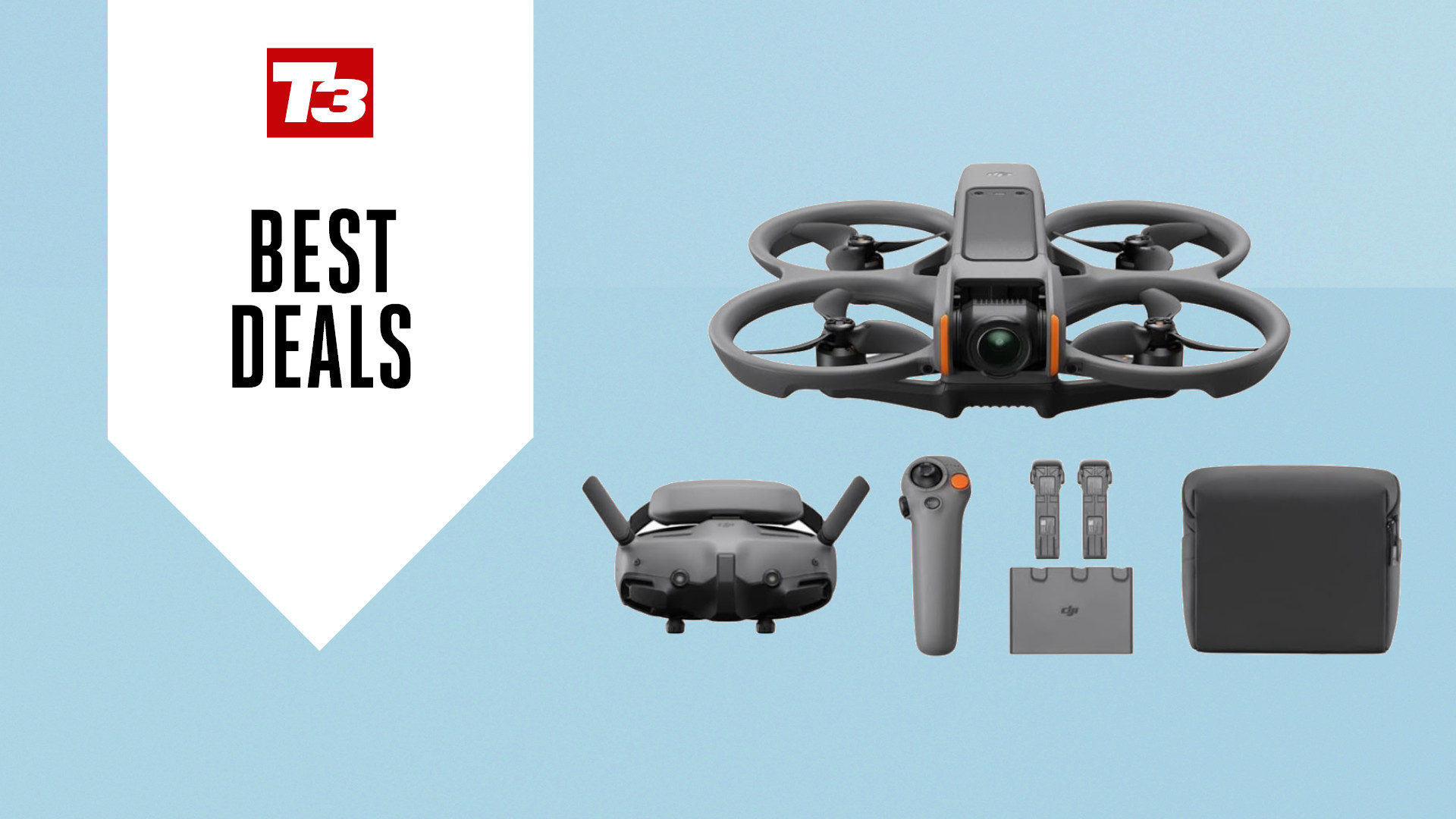 This DJI drone bundle has a (very) pretty pricetag in early Prime Day deal
This DJI drone bundle has a (very) pretty pricetag in early Prime Day dealIt's the cheapest it's ever been!
By Bryony Firth-Bernard Published
-
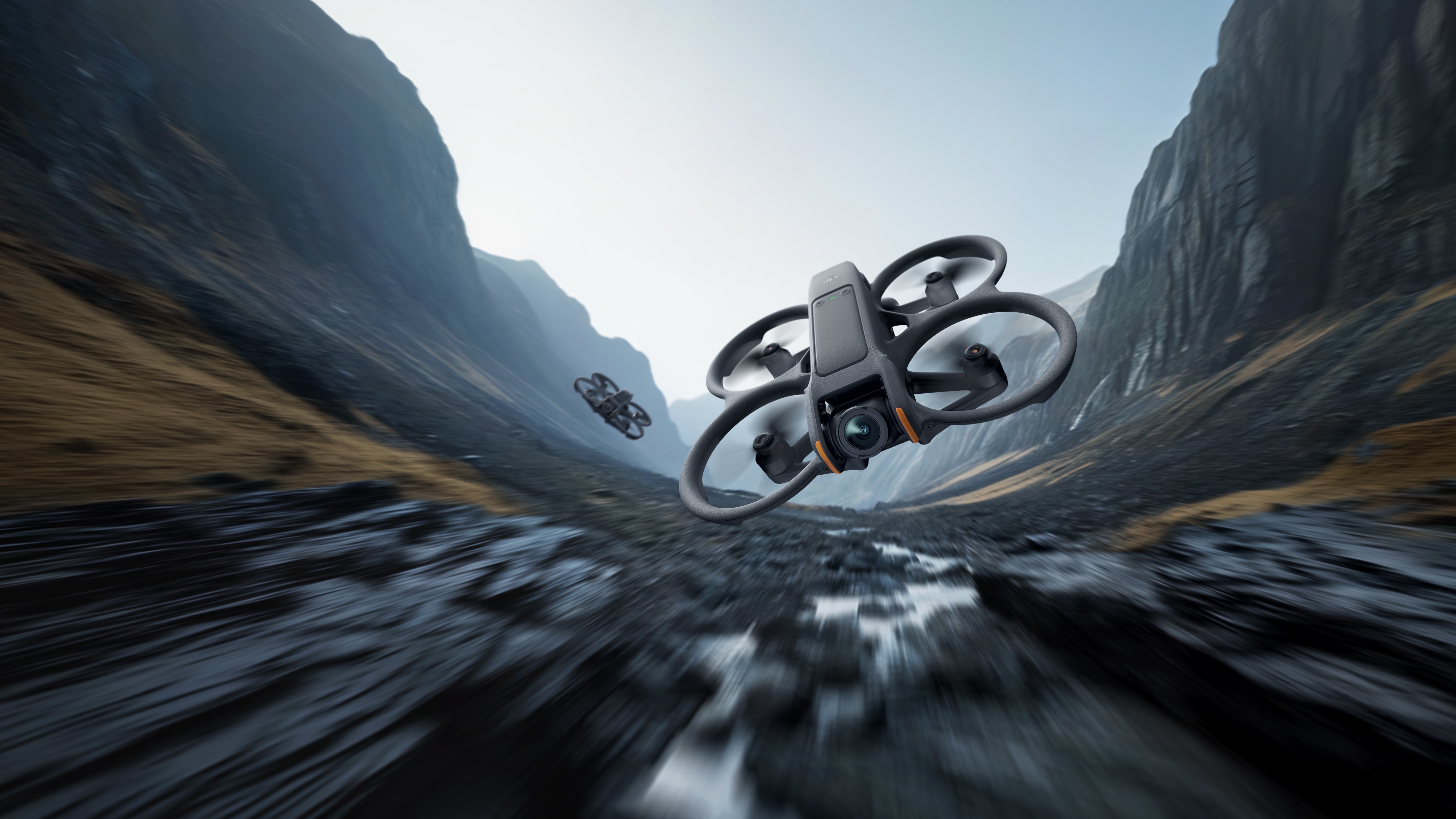
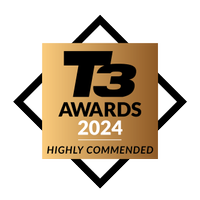 DJI Avata 2 review: Next-level FPV flying for beginners
DJI Avata 2 review: Next-level FPV flying for beginnersStrap on your goggles and prepare for one of the most immersive experiences since Meta Quest
By Derek Adams Published
-
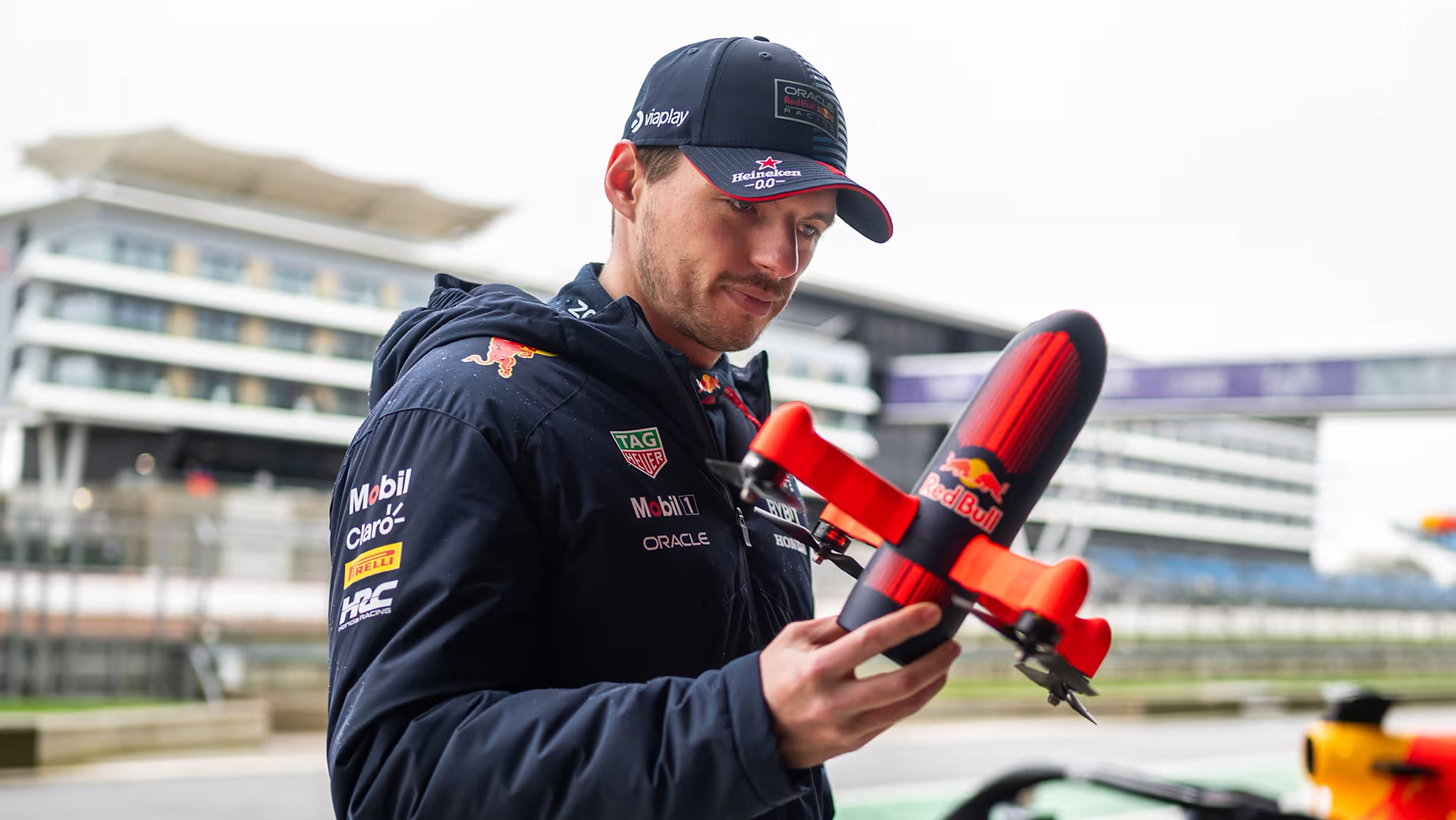 Can a drone keep up with an F1 car? This one can
Can a drone keep up with an F1 car? This one canCustom-built drone built by the Dutch Drone Gods can reach speeds up to 350 km/h
By Matt Kollat Published
-
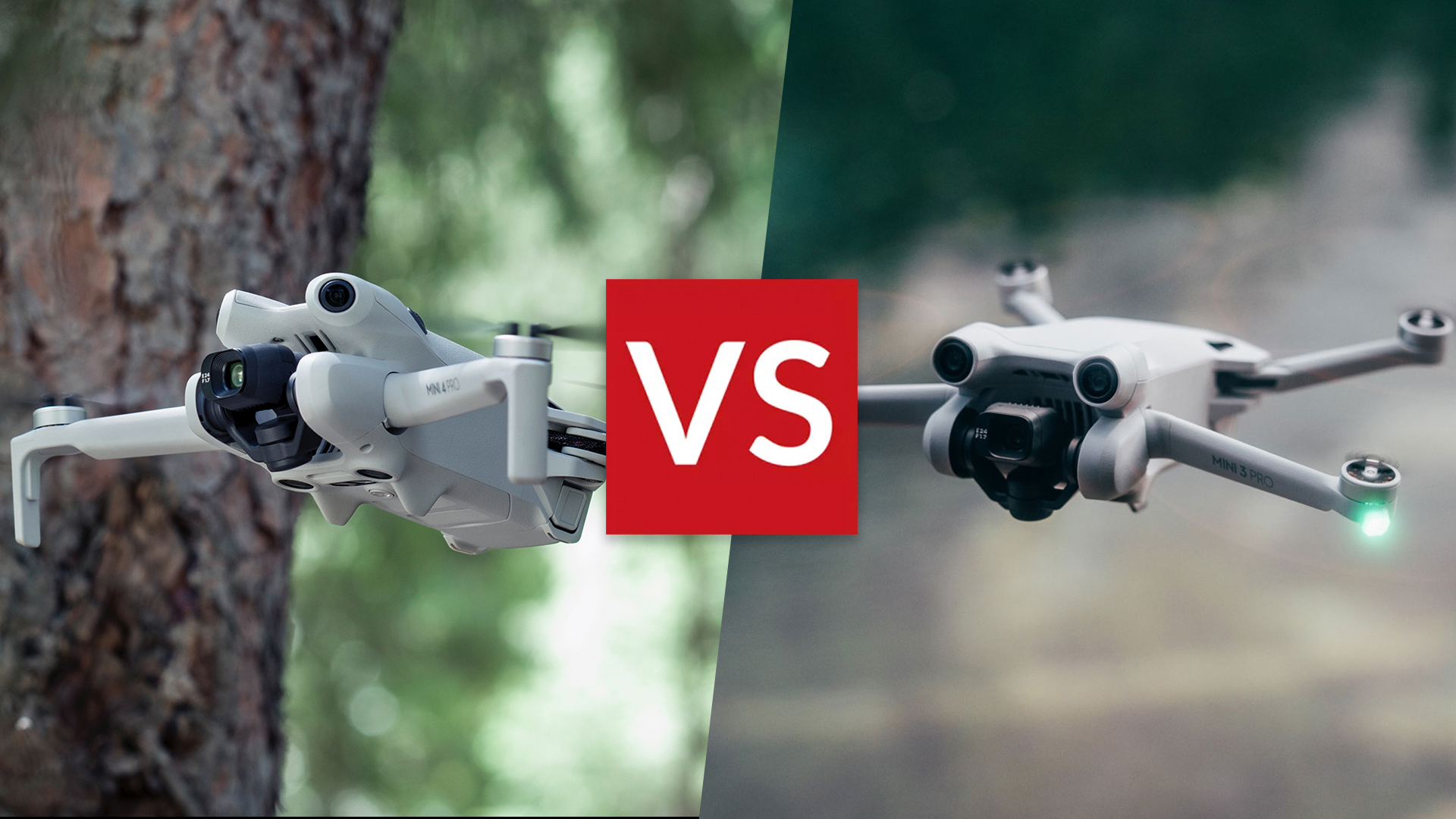 DJI Mini 4 Pro vs DJI Mini 3 Pro: A worthy upgrade or more of the same?
DJI Mini 4 Pro vs DJI Mini 3 Pro: A worthy upgrade or more of the same?The Mini 4 Pro brings smart upgrades over the Mini 3 Pro, but are they enough to justify the upgrade? Here’s everything you need to know
By Derek Adams Last updated